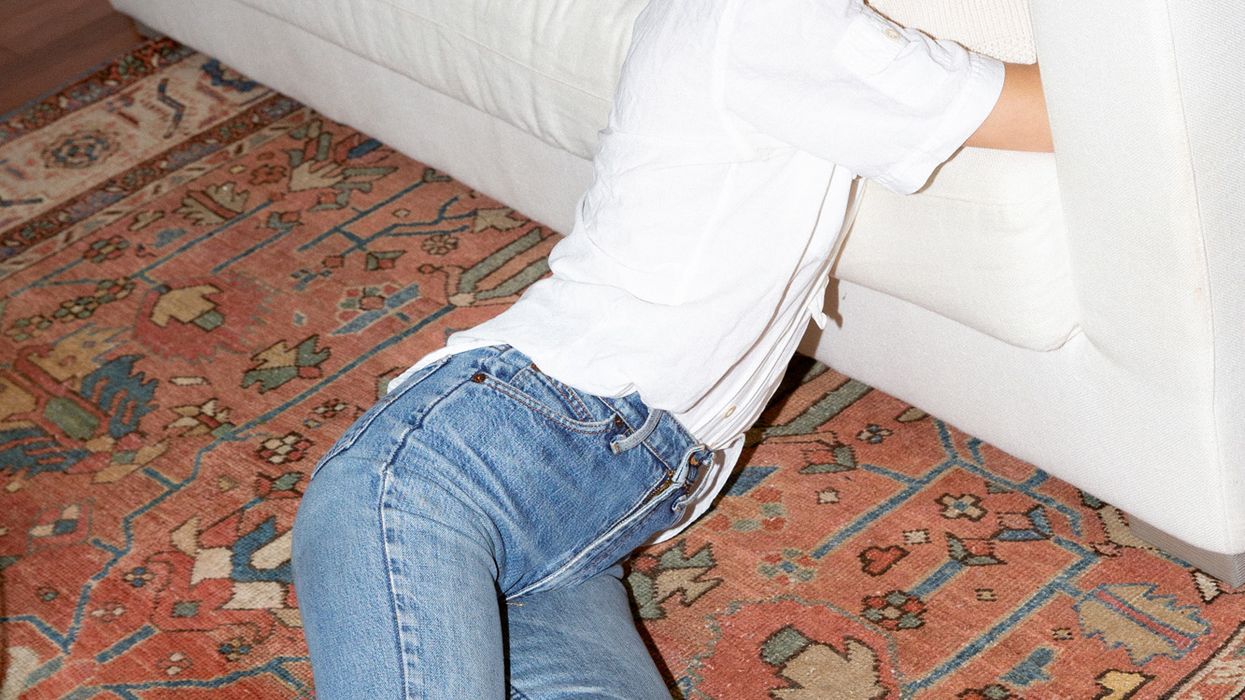Closets
Inside Mara Hoffman’s Closet—a Sea of Vintage and Namesake Pieces
The New York designer is blending style with sustainability on and off the job. New York.

24 June, 2019
Alec Kugler
10 November, 2021

Clothes. Closets. Culture. Community.
Coveteur is a globally-renowned multimedia brand covering luxury fashion, beauty and lifestyle through an intimate lens.
